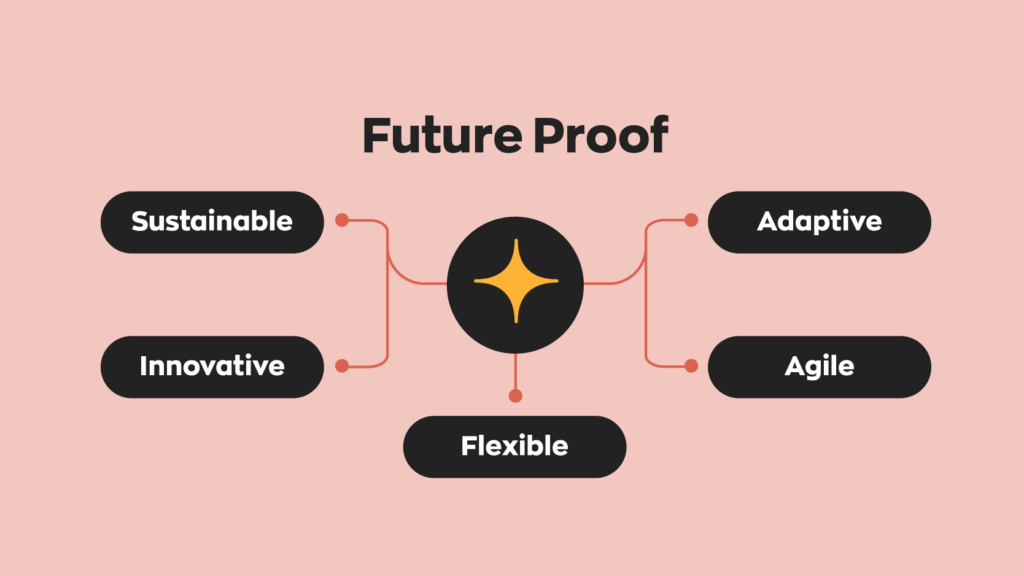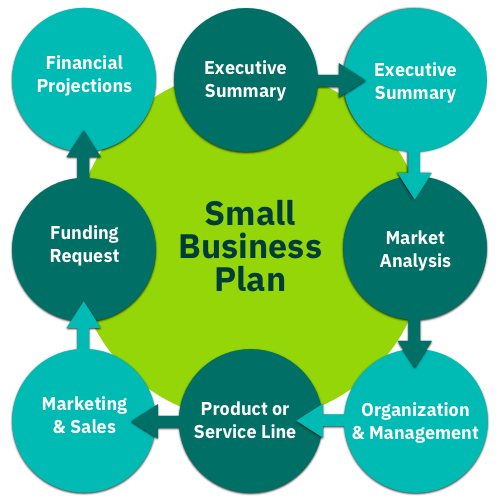In today’s fast-paced and ever-evolving business environment, establishing a resilient and adaptable company structure is not just a strategic advantage—it is essential for survival and long-term prosperity. The ability to navigate the complexities of shifting market dynamics, regulatory changes, and technological advancements is paramount for businesses aiming to maintain their competitive edge. A well-designed corporate framework is the foundation for future growth, safeguarding vital assets, and minimising potential risks. This article explores the critical elements of crafting a company structure that not only endures but thrives in the face of change.
The Critical Role of a Resilient Company Structure

A company’s structure forms the backbone of its operations, directly influencing how it functions, grows, and responds to internal challenges and external pressures. Entrepreneurs often underestimate the significance of a thoughtfully planned structure, leading to inefficiencies, increased risks, and missed opportunities. To ensure your business is prepared for the future, it is crucial to understand your corporate structure’s comprehensive role in achieving your strategic objectives.
The Dangers of an Outdated Corporate Structure
An outdated or poorly conceived company structure can lead to a host of issues that hinder growth and increase vulnerability, including:
1. Inability to Adapt to Change
As businesses evolve, their structures must be flexible enough to support new strategies, products, and market expansions. A rigid structure can stifle innovation and prevent a company from scaling effectively, limiting its ability to respond to new opportunities or challenges.
2. Elevated Investor Risk

Investors seek stability and growth potential. A company with a poorly structured framework can deter investment by increasing perceived risks, such as unclear ownership of intellectual property (IP) or overly complex governance mechanisms. These issues can undermine investor confidence and diminish the attractiveness of your business.
3. Increased Tax Liabilities

An outdated corporate structure can lead to unnecessary financial burdens without efficient tax planning. These additional costs reduce profitability and limit the resources available for reinvestment and growth, ultimately stunting the company’s potential.
4. Jeopardised Founder Interests
Founders must protect their long-term interests during funding rounds or ownership transitions. With appropriate safeguards, their stakes can stay high, and their control over the company may remain strong, leading to potential conflicts and strategic misalignments.
Essential Components of a Future-Proof Company Structure
To build a company structure that can withstand the test of time and adapt to future challenges, consider incorporating the following elements:
1. Protecting Intellectual Property and Core Assets

Intellectual property (IP) is often one of the company’s most valuable assets, particularly in technology-driven industries. Ensuring these assets’ protection and strategic management is crucial for long-term success.
- IP Holding Companies: Establishing a separate entity to hold and manage IP can shield these assets from operational risks and facilitate more flexible licensing arrangements. This structure also allows for easier isolation of IP-related risks, protecting the core business from litigation or other legal issues.
- Strategic Patent and Trademark Filings: Proactively filing for patents and trademarks helps prevent infringement issues and strengthens your competitive position in the market. A well-protected IP portfolio can also be a significant factor in attracting investors and partners.
2. Facilitating Expansion and Strategic Partnerships

A future-proof company structure should be designed with growth and scalability in mind. As your business expands, the structure must support entry into new markets, the formation of joint ventures, and potential mergers or acquisitions.
- Modular Business Units: Structuring your company into semi-autonomous yet interconnected units allows for easier reorganisation, divestiture, or partnership with other entities. This modular approach provides flexibility, enabling the business to pivot or scale in response to market demands without disrupting core operations.
- Special Purpose Vehicles (SPVs): SPVs are legal entities created for specific projects or investments. They help isolate risks associated with new ventures and streamline joint venture arrangements. Using SPVs, companies can pursue strategic opportunities without exposing the entire organisation to potential liabilities.
3. Optimising Tax Efficiency

Effective tax planning is a critical aspect of corporate structuring. A future-proof company should optimise its tax position to enhance profitability while ensuring compliance with all relevant regulations.
- Tax-Advantaged Entities: Utilising tax-advantaged entities, such as Limited Liability Partnerships (LLPs) or S Corporations, can offer significant tax benefits while protecting personal assets. These structures also provide flexibility in distributing profits, benefiting owners and investors.
- Intercompany Transactions: Proper management of intercompany loans, transfers, and services is essential for reducing tax liabilities and avoiding regulatory issues. Strategic handling of these transactions can also facilitate smoother financial operations across different business units or geographic locations.
4. Safeguarding Shareholder and Founder Interests
Maintaining alignment among shareholders, particularly founders and early investors, is vital for long-term stability and control. Proper safeguards can prevent disputes and ensure all parties remain committed to the company’s success.
- Shareholder Agreements: Clearly defined shareholder agreements are essential for preventing conflicts and ensuring all parties’ interests are aligned. These agreements should address voting rights, equity dilution, and exit strategies to avoid future disagreements.
- Equity Vesting Schedules: Implementing vesting schedules for equity compensation can protect the company from losing key personnel while incentivising long-term commitment. Vesting schedules ensure equity is earned over time, reducing the risk of immediate ownership transfer to departing employees or co-founders.
The Strategic Value of Expert Guidance

From the outset, engaging with experienced legal and financial advisors is crucial for creating a future-proof company structure. These professionals offer tailored advice that aligns with your business objectives, ensuring your corporate framework is robust and adaptable.
Benefits of Professional Guidance
- Comprehensive Risk Management: Professionals can identify potential risks and implement adequate safeguards to mitigate them. This proactive approach reduces the likelihood of costly restructuring or legal challenges.
- Customised Solutions: A bespoke corporate structure tailored to your needs ensures that your company can adapt to changes with agility while protecting its core assets and interests.
- Long-Term Cost Efficiency: While the initial costs of professional guidance may seem significant, the investment pays off by avoiding the need for expensive restructuring or litigation. A well-structured company framework can save substantial resources over time, contributing to sustained profitability.
The Ongoing Value of a Future-Proof Structure

A carefully designed corporate structure is not a one-time investment; it provides continuous value throughout your business’s lifecycle. As your company grows and evolves, a future-proof structure ensures that you can:
- Swiftly Respond to Market Opportunities: Your structure should enable quick and effective decision-making, whether launching a new product line or entering a new market. A flexible framework allows for rapid adjustments, ensuring you can capitalise on emerging opportunities.
- Adapt to Emerging Threats: From regulatory changes to technological disruptions, a resilient structure allows your company to pivot and adapt without compromising its core operations. This adaptability is crucial for maintaining competitiveness in a constantly changing environment.
- Maximise Valuation During Exits: Whether through an acquisition, merger, or public offering, a streamlined and well-organized company structure significantly enhances your valuation. Investors and potential buyers are more likely to be attracted to a company with a clear, efficient, and future-ready framework.
Conclusion
In an era of accelerating change, the importance of a future-proof company structure cannot be overstated. By safeguarding your intellectual property, facilitating growth, optimising tax efficiency, and protecting shareholder interests, you position your business to thrive amid uncertainty. Partnering with seasoned professionals to craft a bespoke structure tailored to your needs will preserve your current interests and pave the way for long-term success.
If you are ready to optimise your company structure for the future, we invite you to connect with our team of experts. Together, we can build a resilient framework that supports your ambitions and ensures your business’s longevity.












